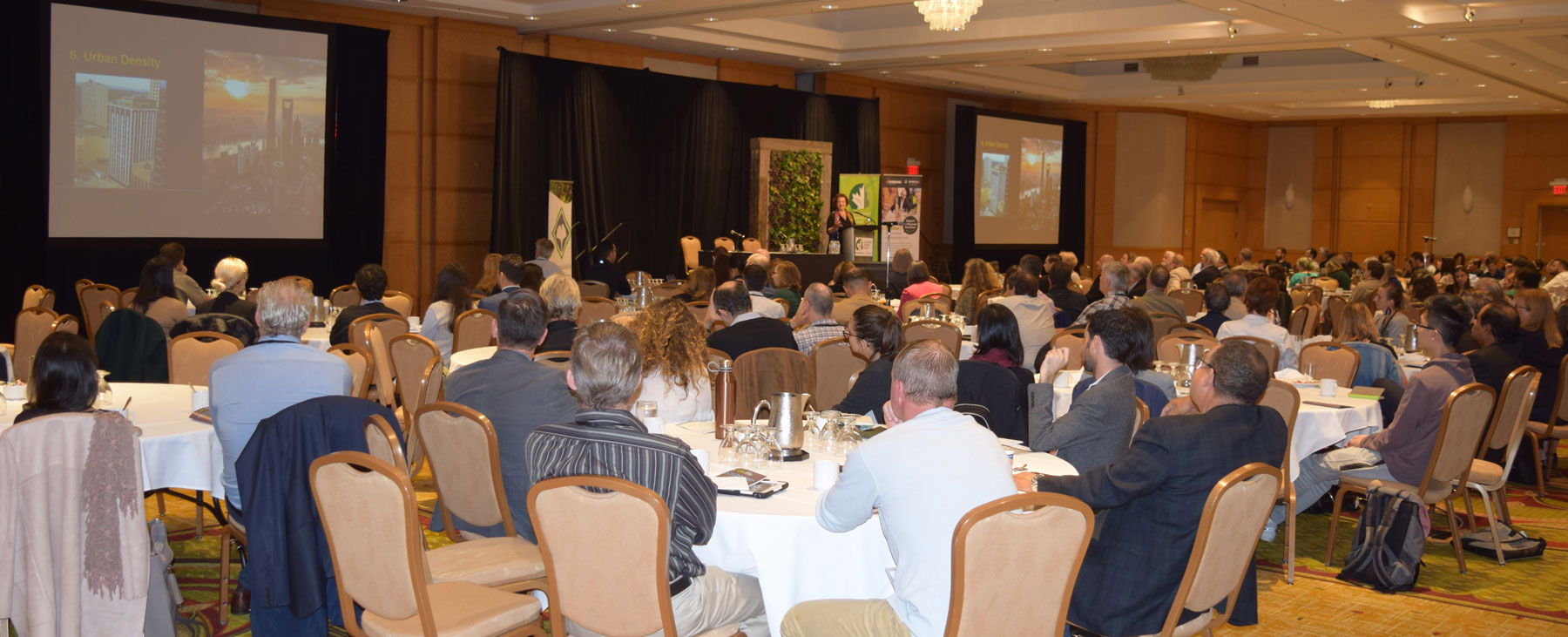Is it possible to renovate an existing residential, commercial, industrial, or institutional infrastructure asset to meet net zero carbon standards? With a comprehensive business case in hand, and an approach that focuses on buy-in from all stakeholders, Scott Rouse, managing partner at Energy@Work Inc., believes that standard can be met.
Rouse’s presentation was part of the Green Building Festival, presented by Sustainable Buildings Canada. The conference program concentrated on building and renovating healthy structures in order to create a healthy planet.
The question posed by Rouse in his presentation is one of significance to the infrastructure sector, as we attempt to grasp the standards to which existing building stock needs to be rehabilitated in order to provide an energy efficient, healthier work environment for those who use the space. And it is integral to understand how that business case compares to the alternative, tearing down the existing structure and building something new in its place.
It is the business case that Rouse stressed is the key starting point for any conversation on renovating for net zero. He suggested that a successful business case looks at the triple bottom line of economic, environmental, and social impacts, but should also incorporate risk management in order to provide the most comprehensive case to move forward with.
But even with a comprehensive business case in tow, there are multiple barriers that can halt progress towards net zero. These barriers aren’t necessarily legitimate, as they can be based on perception rather than fact, but still have the potential to derail even the strongest business case for pushing for net zero rehabilitation. These were presented by Rouse as the six A’s:
- Affordability: “We don’t have the money plus the tenants pay.”
- Attention: “We don’t have the time or incentive to change.”
- Awareness: “We don’t know where energy efficiency options are or where the opportunities lie, or even benchmarks are.”
- Attitude: “We don’t think that is part of my job.”
- Accountability: “We don’t see a bill for utility used, plus energy efficiency is not measured.”
- Apathy: “No one cares so why should we bother?”
But when those barriers can be overcome, and the conversation can be driven forward by the business case, one that shows positive impacts on the triple bottom line, net zero carbon for existing infrastructure becomes less of a pipe dream and more of a reality. And the result of the partnership that comes together to build to net zero is a more efficient structure that is more appealing to tenants, and tenants have a healthier environment in which to live and/or work. It’s a win/win proposition that provides real value for all stakeholders involved.
















